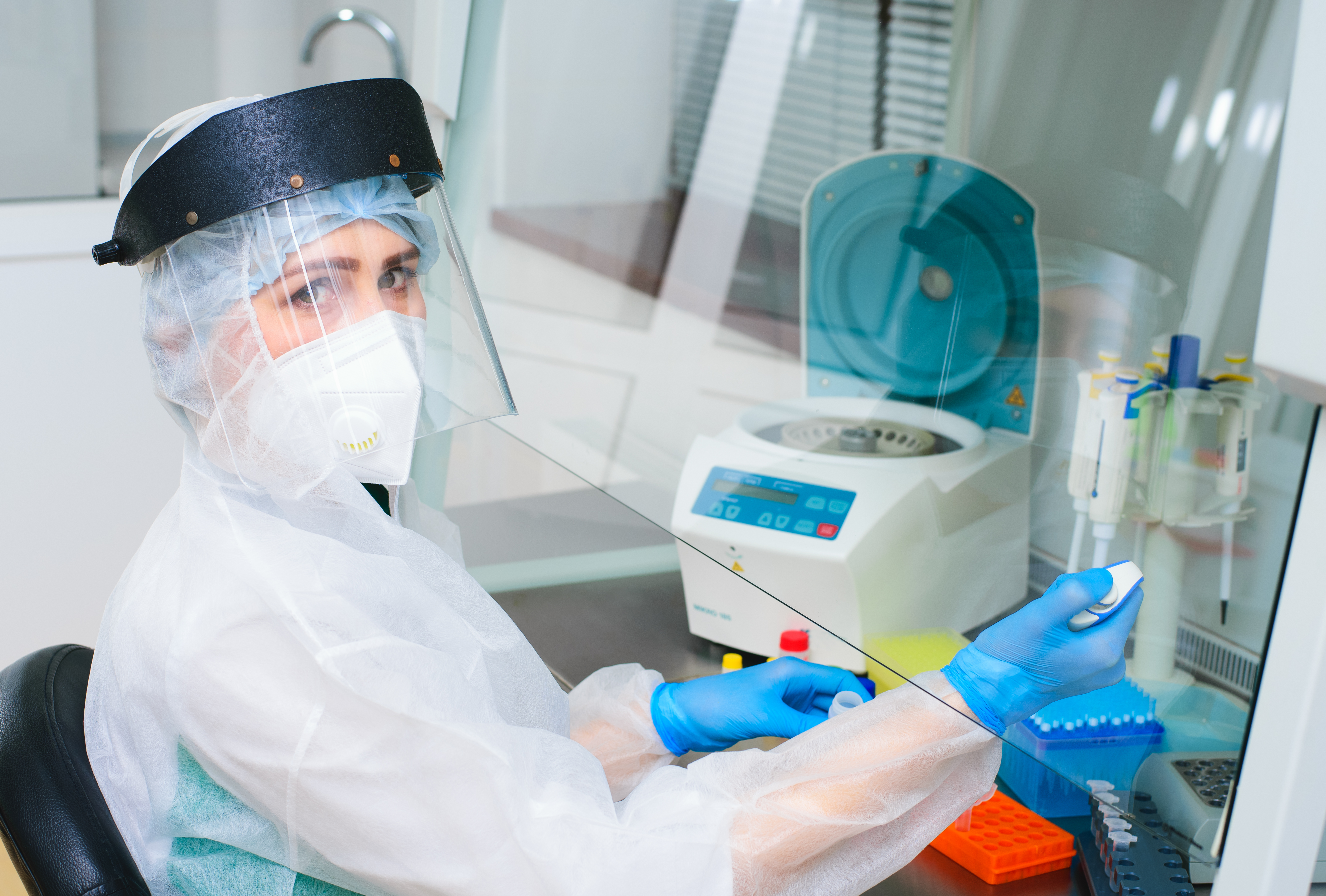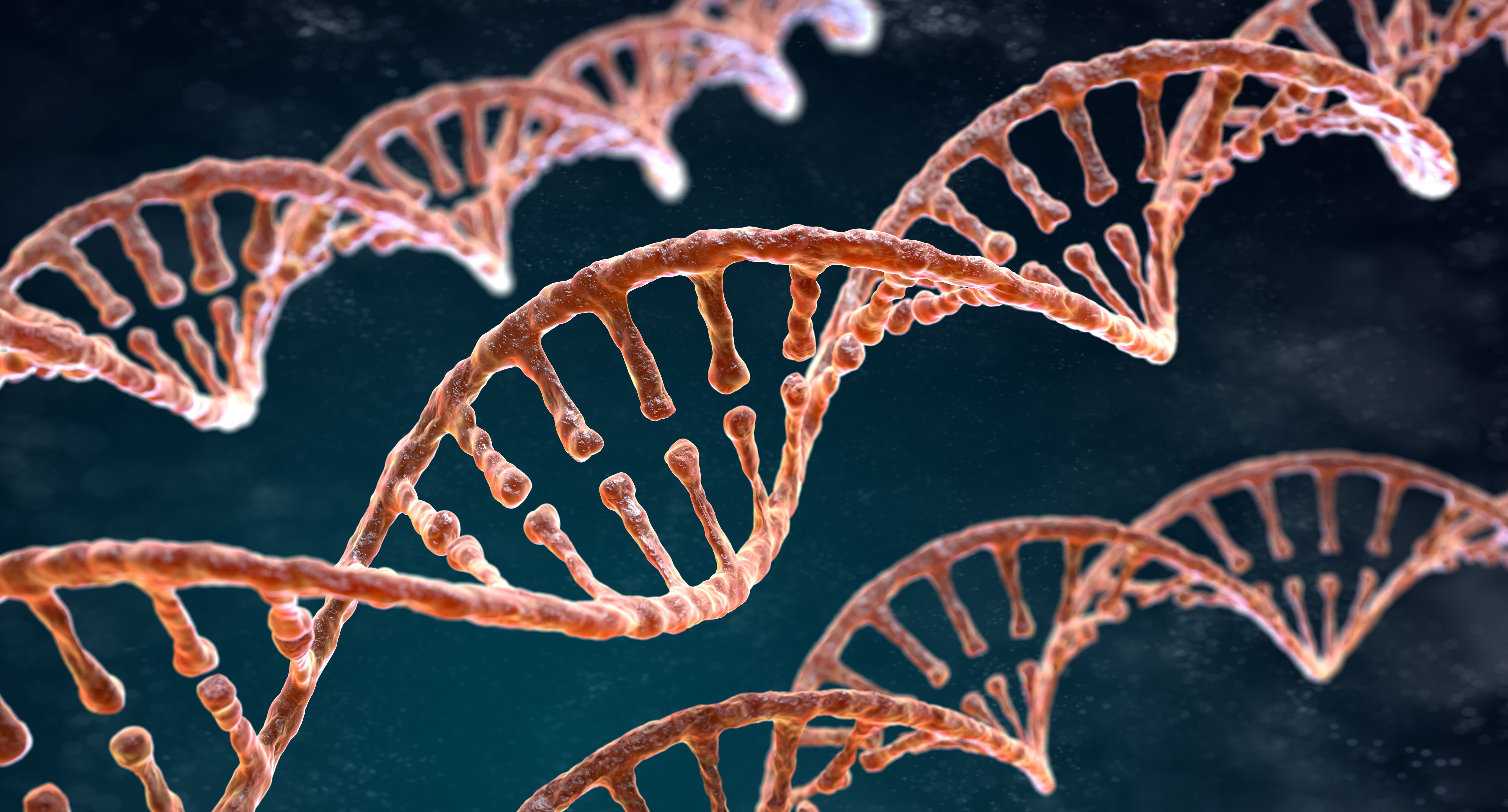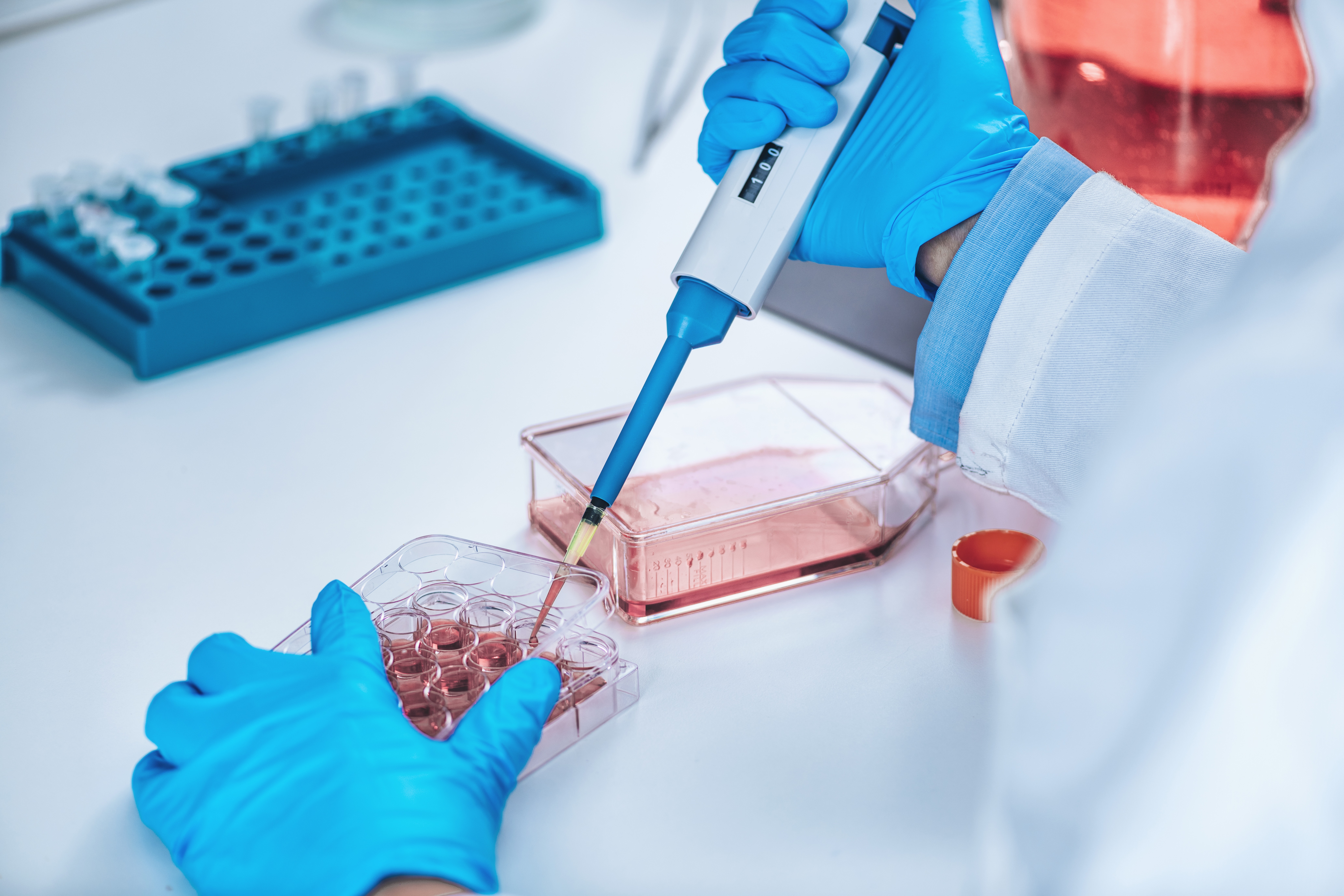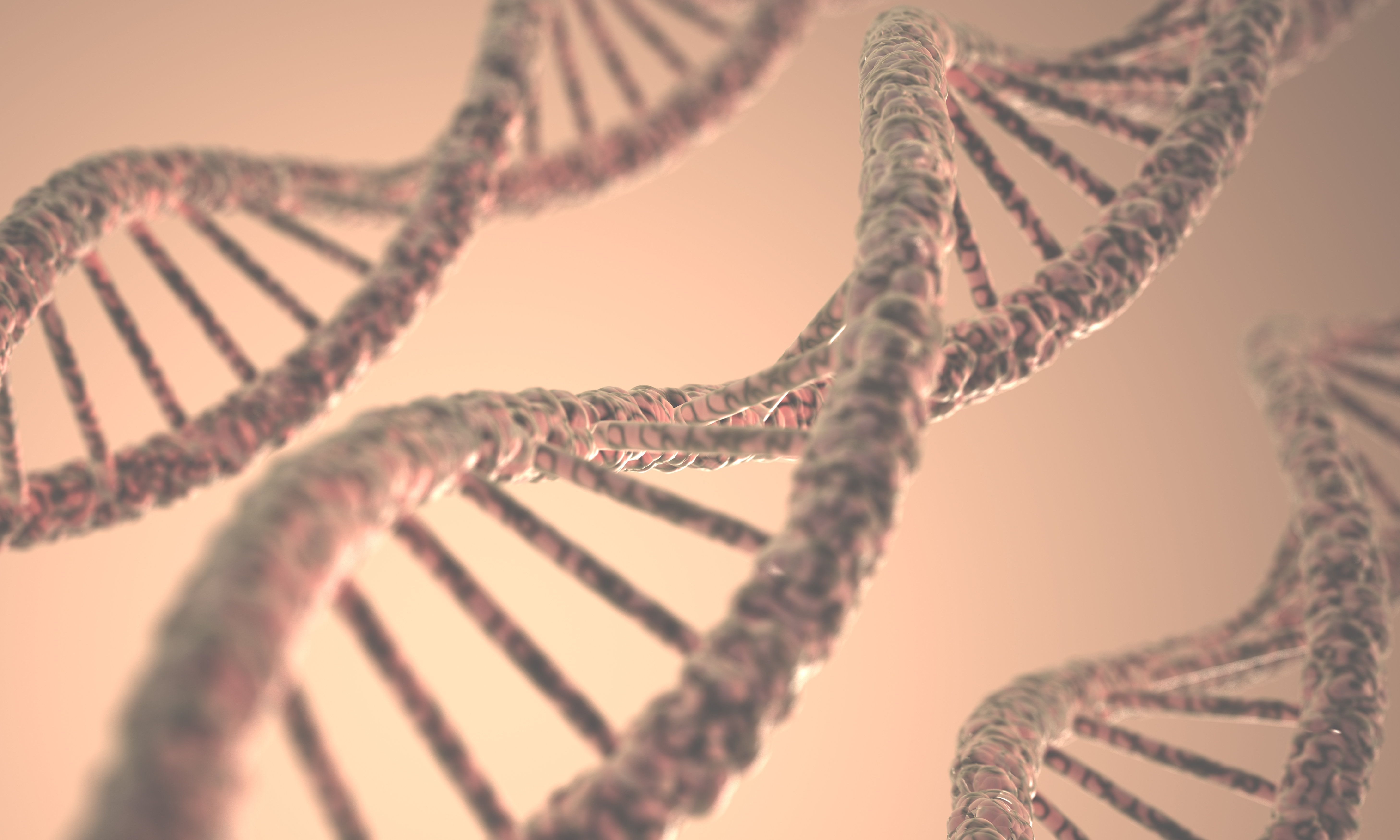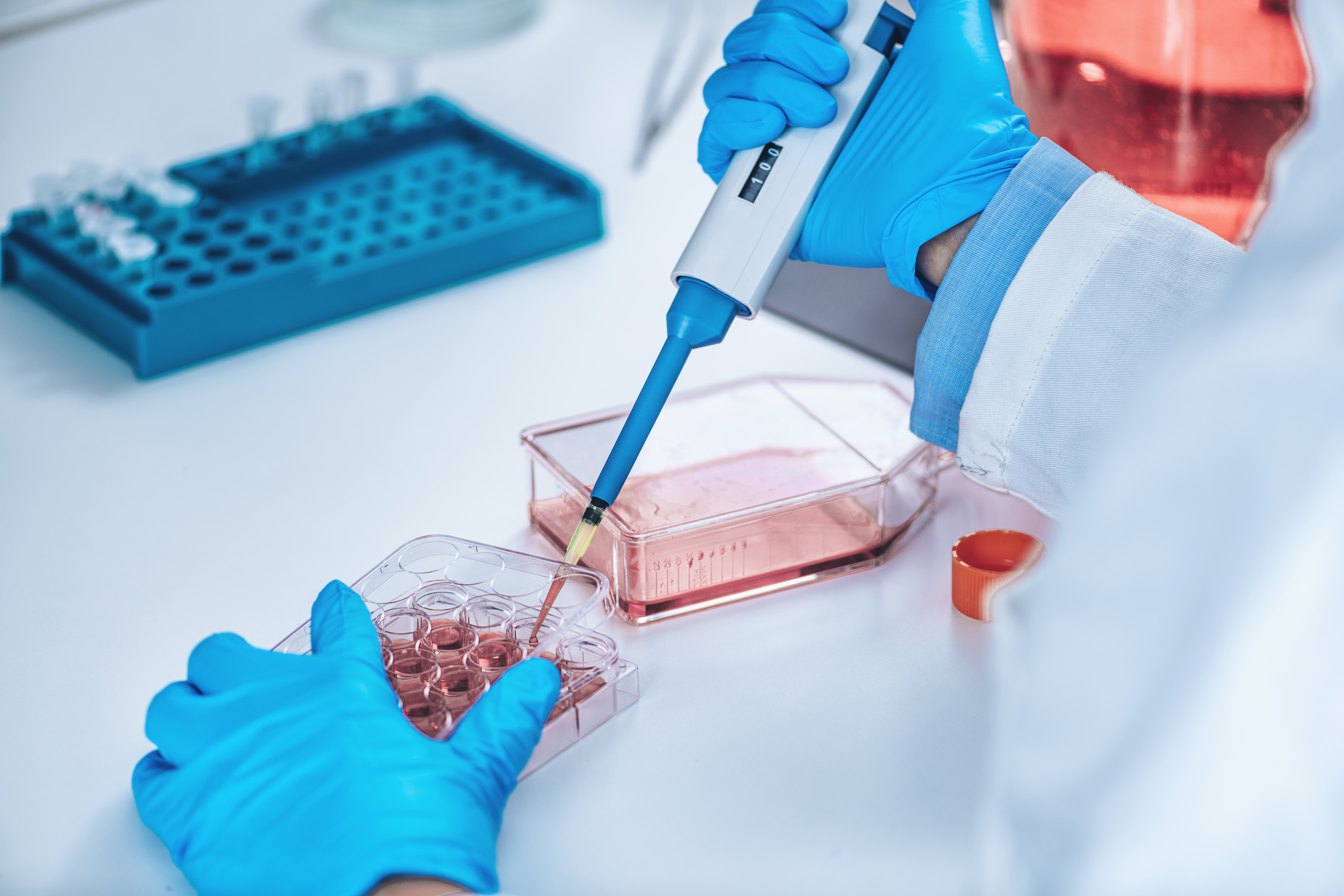- Agriculture
- Antibiotic/anti-viral
- Biologics
- Biomarkers
-
By Clinical Application
- Anesthesiology
- Blood & Lymphatic Disease
- CNS & Neurosciences
- Dermatology
- Diabetes, Metabolism, Endocrinology & Obesity
- Ear, Nose, & Throat
- Emergency Services
- Gastroenterology & Digestive Disease
- General & Plastic Surgery
- Health Education, Medical Training and Operations
- Heart and Vascular
- Immunology, Autoimmune & Inflammation
- Infectious Diseases
- Mental Health
- Multiple clinical applications
- Musculoskeletal Disorders, Orthopedics/Bone
- Nephrology/Renal
- Oncology
- Ophthalmology
- Orphan Diseases
- Pediatrics
- Physical Medicine & Rehabilitation
- Radiology
- Regenerative Medicine / Tissue Engineering
- Reproductive Health: Obstetrics & Gynecology
- Respiratory & Pulmonary
- Surgery
- Transplantation
- Urology
- Wound Healing
- COVID-19
- Creative Works
- Diagnostics
- Drug Delivery
- Drug screening and discovery
- Energy, Cleantech & Environmental
- Engineering & Physical Sciences
- Gene therapy
- Imaging
- Materials
- Medical Devices
- Nutraceuticals
- Other
- Research & Design Tools ×
- RNAi/siRNA
- Sensors & Controls
- Small molecules
- Software & Information Technology
- Stem Cells
- Vaccines
- Veterinary Medicine
Methods and compositions to sense m6A RNA modifications using a genetically encoded sensor
Unmet Need Gene expression is highly regulated through the addition of chemical modifications to RNA molecules. One such modification is methylation of adenosine residues to form m6A, a modified nucleotide which is found in thousands…
Plasmids for the overexpression of GPCRs
Technology Duke inventors have generated four novel GPCR plasmids that can be used for the stable overexpression of several GPCRs: pcDNA3-Flag-β2AR pcDNA3-hAT1R (human) pcDNA3-HA-rATlaR (rat) pcDNA3-Flag-rATlaR (rat)
Plasmids for the expression of B-arrestins and GRKs
Technology Duke inventors have generated 12 novel plasmids that can be used for the expression of β-arrestins and GRKs: pCDNA3-βarrestin1-Flag pCDNA3-βarrestin2-Flag pGEX-5G/LIC-βarrestin1 pGEX-5G/LIC-βarrestin2 pGEX-4T1-βarrestin1 C-terminus pGEX-4T1-βarrestin2 C-terminus pRK5-bGRK2 pRK5-bGRK3 pRK5-bGRK4 pRK5-hGRK5 pRK5-hGRK6 pRK5-hGRK26caax
Plasmids with RNA aptamers to B-arrestin
Technology Duke inventors have created 10 novel plasmids which can be used for the production of RNA aptamers to β-arrestins through in vitro translation: pCR-TOPO-8R1-36 pCR-TOPO-8R2-1 pCR-TOPO-8R2-15 pCR-TOPO-8R2-16 pCR-TOPO-8R2-20 pCR-TOPO-8R2-21 pCR-TOPO-8R2-24 pCR-TOPO-11R2-5 pCR-TOPO-11R2-7 pCR-TOPO-11R2-15
Cell line expressing chimeric Tie2 receptors
Technology Duke inventors have generated a cell line that expresses chimeric Tie2 receptors. Specifically, NIH 3T3 cells were infected with retroviruses containing a plasmid that encoded the extracellular and transmembrain domains of the c-fms receptor…
Toolkit to edit any gene with universal CRISPR/Cas9 vectors
Unmet Need Genetic editing with the CRISPR/Cas9 system has quickly become ubiquitous in biotechnology research. One common application is studying proteins by editing the genes that encode them. Proteins have numerous functions, acting as receptors,…
Novel epigenome editors for multiplexed gene regulation
Unmet Need Epigenome editors activate or inhibit gene expression without modifying the underlying DNA sequence. Consequently, these editors can reversibly fine-tune gene expression without the risk of permanently altering the genome or off-target editing. Epigenome…
Method for increasing gene expression in mammalian cells from transfected plasmids
Unmet Need Mammalian cell-based protein expression systems enable the production of mammalian proteins in the most native structure and activity. Thus, they have been commonly used for producing antibodies and therapeutic proteins, and more recently,…
Detection and measurement of RNA modifications through targeted RNA editing
Value Proposition N6-methyladenosine, m6A, is the most frequent post-transcriptional modification in RNA that has been implicated in nearly every aspect of the RNA life cycle. Furthermore, proteins involved in the formation, removal, and recognition of…
A CRISPR-based system for modifying the length of 3’ untranslated regions (3’UTR) of an mRNA transcript that offers novel treatment strategies for prostate cancer and other diseases
Unmet Need Abnormal length changes in the 3’ untranslated region (3’UTR) of mRNAs are associated with many diseases such as systemic lupus erythematosus, α-thalassemia, facioscapulohumeral muscular dystrophy, and cancer. While existing technologies can manipulate expression…
A technique that promotes the stringent control of gene expression within specific cell types
Unmet Need A major challenge of gene therapy is to target only the intended cell- and/or tissue-type. For this reason, many gene therapies are delivered using adeno-associated virus (AAV) vectors with gene-specific promoters; however, off-target…
p3.1-64A-MART-A27L
The plasmid is used for in vitro transcription of RNA encoding the Melan A/ MART-1 human melanoma antigen with an alanine to leucine mutation at the 27th amino acid of the protein.
